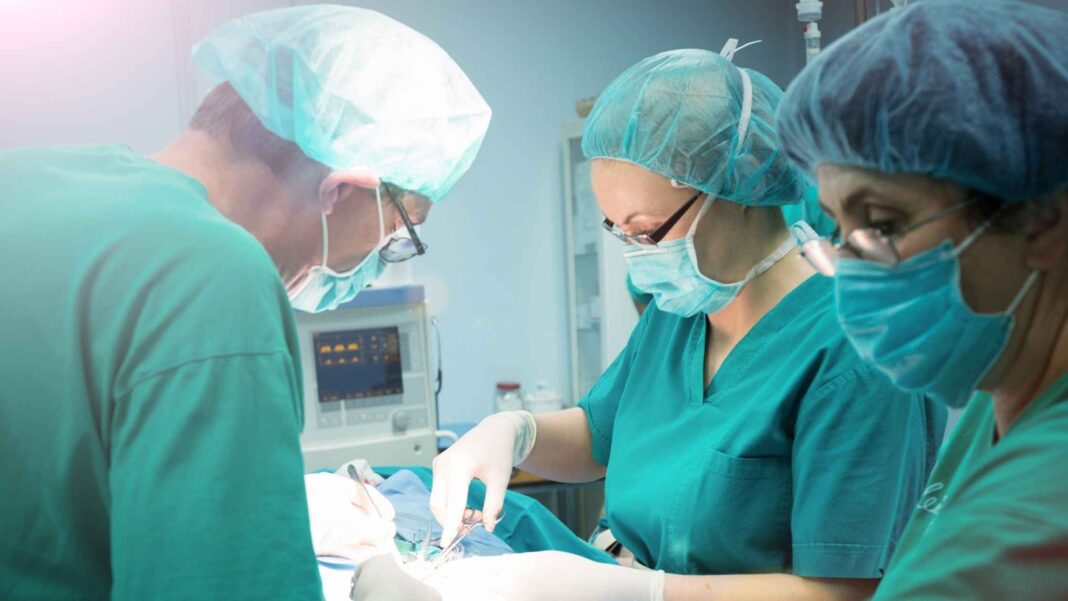“Key Highlights:Your first follow-up after pilonidal cyst surgery is quite an important part of your healing process. Expect a wound check, symptom check, and individualized recommendations for aftercare. We guide you every step of the way and ensure your healing is comfortable and self-assured.”
Recovering after any surgical procedure can give you jitters, we all agree to that. And if your recent surgical procedure was pilonidal cyst removal, you should be curious about what to expect next. Your first follow-up is really for the assessment of healing and any questions and concerns you want to be addressed as early as possible.
We’re focused on ensuring you’re fully supported not just during the pilonidal cyst removal surgery but also during recovery. So without further ado, let’s walk through really what you can expect on this visit so that you can be a bit better prepared and a little less anxious for it.
Table of Contents
Importance of Follow-Up Consultations
Follow-up care does not entail only checking wounds. These visits, however, assist us:
- To check the movement of the wound healing and ensure it is on the right track
- Find early signs of infections or complications
- Track down your progress
- Alterations to the concerned plan, where applicable
We believe that being ahead of issues during healing will greatly prevent concerns about recurrence or delayed recovery.
What to Expect at Your First Visit?
Here is what usually follows:
1. Inspection of the Wound
We will cleanly either remove or adjust the dressing and inspect the surgical site. Evidence of any swelling, drainage, redness, or signs of infection thereto would then be looked at. If all is clean and healthy, your standard aftercare routine will continue.
2. Suture Check and Drainage Check (If Used)
If your surgeon placed some stitches or a drain, we will see whether they need to be removed or, if necessary, cleaned. Usually, this part is quite fast and causes minor discomfort.
3. Symptom Interviewing and Pain Review
If you are experiencing any discomfort or swelling or have any abnormal sensations, let your doctor know.
4. Medication Guide
If you were given pilonidal cyst antibiotic treatment, we will check on how you are faring under it. You need to use it all unless we direct otherwise.
5. Next Steps of Healing
Possible new instructions for your wound care. If you started at daily packing or sitz baths, we’ll then let you know when it is possible to reduce the frequency or change to easier care.
Questions You May Want to Ask Us
Your follow-up appointment is the best time to ask questions. Some we hear often are:
- When can I return to work or school?
- Is it now safe to sit for long periods?
- Can I shower normally now?
- What symptoms to look out for between the visits?
Watch For Signs of Trouble
Complications against a pilonidal cyst treatment may still arise. When we sense the early signs or symptoms of an infection, we will probably adjust your wound management or give you further antibiotics for treatment. According to the Mayo Clinic, the most common symptoms of infections include:
Other symptoms of infection include:
- Increased redness or warmth around the incision
- Yellow or green discharge
- Fever or chills
- Worsening pain after a few days of improvement
Immediately call us if any of these show up.
Continuation At-Home Recovery
Post-visit, we emphasize keeping up with your home program. It continues:
- Keeping the area clean and dry
- Using a squirt bottle or shower to gently rinse the area
- Avoiding strenuous activity or heavy lifting
- Changing dressings as instructed
Our goal is to keep you healing smoothly and comfortably.
When Will You Be Completely Healed?
Varies patient to patient because, depending on their immune response, their diet, the condition of their health, their age, and so on. A number of them fully recover within 2 to 3 weeks while others may require a few more weeks. Healing also depends on whether the wound is left open or closed.
We will also set up an additional follow-up 2 to 3 weeks later on just to check for continued progression. We will assist through the next steps — whether it’s easing back into exercise or managing scar care — if needs be.
How to Have a Better Recovery
Here are some ways in which you can contribute to your healing:
- Eat a healthy diet with plenty of fluids to avoid constipation
- Wear loose, breathable clothing to reduce sweat and friction
- Avoid sitting for long periods, especially on hard surfaces
- Shave or trim the area regularly if advised, as hair can irritate the healing wound
By doing so, you help minimize the cyst recurrence risk.
Prevent Recurrence
Recurrence rates for pilonidal cysts do differ, but we can help maintain those rates low by following adequate patient care. There is also the more extended prevention involved in:
- Keeping good hygiene around the area
- Handling hair around the area
- Keeping active to prevent pressure from prolonged sitting
- Debriefing us about any irritation or new swelling signs
Trust us-many things are better caught early.
Conclusion
Your first follow-up after pilonidal cyst removal surgery is a huge step toward total healing. Dr. Kamrava’s clinic will offer each patient the same high level of care and compassion with which we would want to treat our family members. We listen, educate, and—for good measure—provide support.
If you are feeling unsure of what your own feelings are or that which is happening post-op, do not guess. Simply reach out to us. Together, we guarantee a smooth and successful recovery process.



